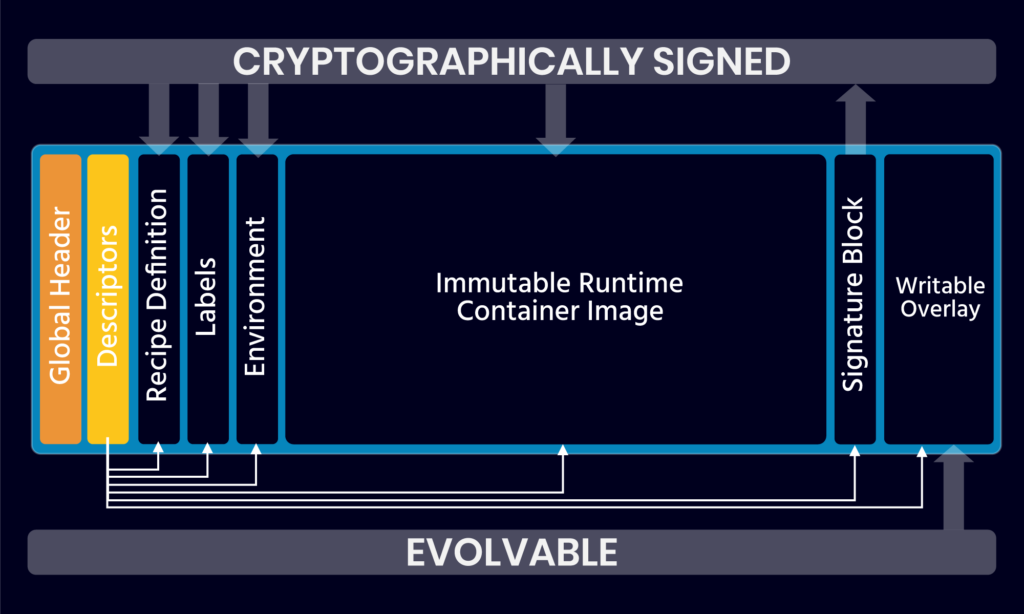Sylabs Deepens Singularity Support for OCI Specification
Sylabs today made available an update to its Singularity container platform that is now tightly integrated with containers based on the Open Container Initiative (OCI) specification.
Sylabs CTO Adam Hughes said as more enterprise IT organizations run larger-scale containers, they are looking for a container runtime platform designed from the ground up to run them at scale. Today, Singularity containers are used mainly in high-performance computing (HPC) environments, but are starting to gain traction in traditional enterprise IT environments, he said.
SingularityCE 4.0 makes it simpler to run applications built using either OCI-compatible Docker or Podman containers in a production environment via integration with Sylabs’ Singularity Image Format (SIF), added Hughes.
OCI defines a Runtime Specification (runtime-spec), Image Specification (image-spec) and the Distribution Specification (distribution-spec). The Runtime Specification outlines how to run a “filesystem bundle” that is unpacked on disk to enable an OCI image to run on any runtime that supports runtime-spec.
In addition to supporting runtime-spec, Sylabs also enhanced its Container Device Interface in collaboration with NVIDIA to make running Singularity containers more efficient on top of graphical processor units (GPUs). That capability will prove critical as more container applications are built that invoke artificial intelligence (AI) models, said Hughes.
Singularity containers, for example, are designed to enable non-privileged execution, employ a specialized encryption security model, support parallel file systems and grant direct access to hardware resources to improve overall performance. In fact, as more containers are used to build AI applications, more enterprise IT organizations will encounter the same issues that have led IT teams running HPC applications to embrace Singularity, said Hughes.
For several years now, Sylabs has been making a case for using Singularity containers in runtime environments as an alternative to Docker. However, as more mission-critical applications are built and deployed using containers, more IT operations teams than ever are evaluating their runtime options, said Hughes.
Those same IT operations teams are also looking for more efficient ways to invoke expensive GPU resources that today are challenging to acquire given ongoing scarcities, he added.
It’s not clear how many IT operations teams are starting to run a mix of container types. As the OCI specification continues to gain traction, more organizations are starting to move beyond Docker containers. The bulk of container applications are still based on Docker, but it’s becoming more feasible to integrate different container types that comply with the OCI specification. That’s critical, because the attributes of Docker containers don’t lend themselves as well to the requirements of IT operations teams that need to manage cloud-native applications at scale, said Hughes.
Diversity of components is coming to the world of cloud-native applications. The issue is determining how best to embrace it based on the attributes of the applications being constructed.



